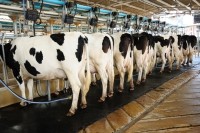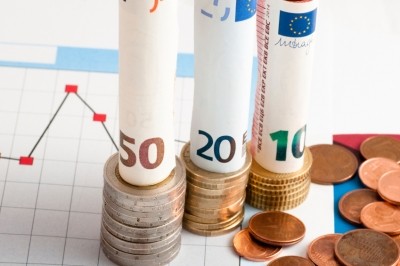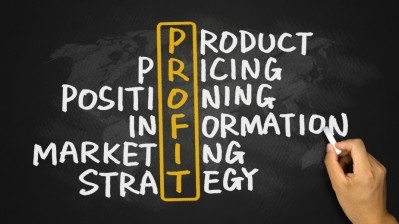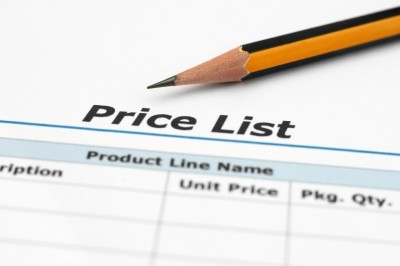Rebound in dairy prices, reports Dutch feed giant
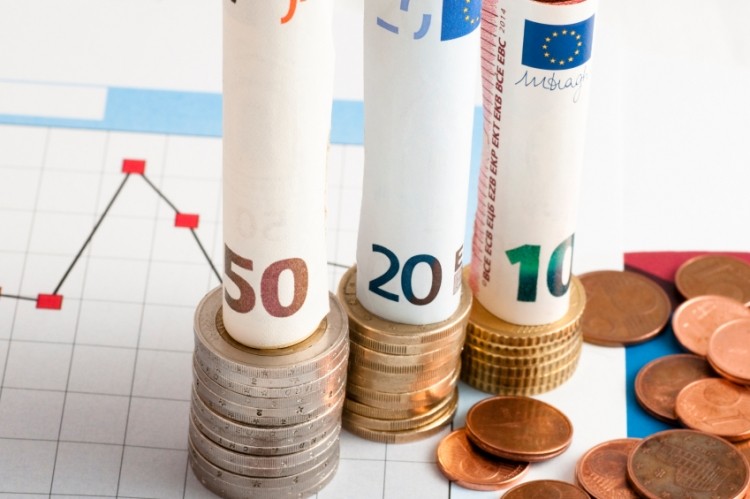
The Dutch feed manufacturer said market conditions remain difficult and margins for farmers are still under pressure.
However, while sentiment in the ruminant sector is still negative there would appear to be a slight rebound in the dairy segment, said the group following the release of ForFarmers results for the first six months of 2016 on Friday.
“The early signs of dairy market recovery are there: Some of the big European cooperatives are increasing milk prices, and we are seeing more demand from China for dairy products. Fonterra has also pushed up its farmgate milk price forecast. And UK farmer action to reduce cattle herd size has also created some balance in the marketplace,” Arnout Traas, CFO, ForFarmers told us.
He said the expectation for the swine sector has improved in the short-term due to the increasing export of pork to China.
The Chinese economy is still robust despite the lower growth rate and there is demand there for pork products from Europe, which are seen as being high in quality, said Traas.
He said the poultry sector experienced relatively good prices at the beginning of 2016. However, these have come under pressure in the last months. The broiler sector is affected by increasing competition, mainly from Poland and Ukraine.
To increase their profitability, chicken producers in Germany, Belgium and the UK will have to work with retailers to encourage consumers to buy locally sourced birds, argued Traas. Similar developments are already well underway in the Netherlands.
Financial performance
The CFO was speaking to FeedNavigator following the release of ForFarmers results.
The company reported a 4.4% dip in revenue to €1.07bn ($1.2bn) for the first six months of 2016 compared to the same period in 2015 - it said the decrease was due to a combination of the passing on of lower raw material prices and the effect of the devaluation of sterling.
“But revenue is not one of the parameters we look at in terms of performance. Volumes of feed were up 2.9% to 4.6m tons - that is a good signal that farmers are continuing to buy our products, and the underlying EBITDA [excluding incidental items] also rose 8.2% to €46.3m,” said Traas.
Gross profit - excluding the negative currency effect - remained fairly stable based on a positive contribution of the Netherlands and Germany/Belgium and a decrease in the UK.
ForFarmers operations in the Netherlands and Germany/Belgium reported a growth of their gross profit at 4.4% and 6.8% respectively, due to, among other things, “a better mix of the sold Total Feed volume and a positive contribution of strategic partnerships.”
In the UK, the gross profit excluding the currency effect decreased (-6.6%) due to the continuing low milk price and the pressure on the liquidity positions of farmers, as a result of which more lower value feed products were purchased, said ForFarmers.
Sterling devaluation
And the feed manufacturer expects the devaluation of sterling to have a larger negative effect on its financial results in the second half of 2016, as compared to H2 2015. The CFO stressed that this was only logical considering the limited exposure to devaluation post Brexit in ForFarmers' financial results reporting period for H1 2016.
Traas noted that pig farmers in the UK remain positive about the post Brexit landscape, particularly as sterling devaluation will make all imports more costly
The self-sufficiency ratio of pig farmers in the UK is around 60%, which entails that some 40% of pork meat is imported. “Continued devaluation of sterling should encourage a higher level of self-sufficiency in the sector, leading to a growth in UK pig farming,” said the CFO.
But the group intends to restructure its UK operations, as it integrates the four companies it has acquired in that market in recent years. Traas said it indents to centralize activities through establishing two main offices in the UK and intends to bring about greater efficiencies through a range of cost cutting measures.
“We are also benchmarking operations in the UK against those on the continent and vice versa, so parties can learn about best practice in all regions,” said the CFO.
Public listing
May 2016 saw the company make the transition to a publically traded company, with the listing of the ForFarmers shares (FFARM) on the stock exchange, EURONEXT, in Amsterdam, with the feed maker reporting successful execution of that process.
“We realized our objectives,” said Traas, adding that the company anticipates increased interest from institutional investors.
